NASA Experiment Shows Signs Of Life From One Planet’s Moon
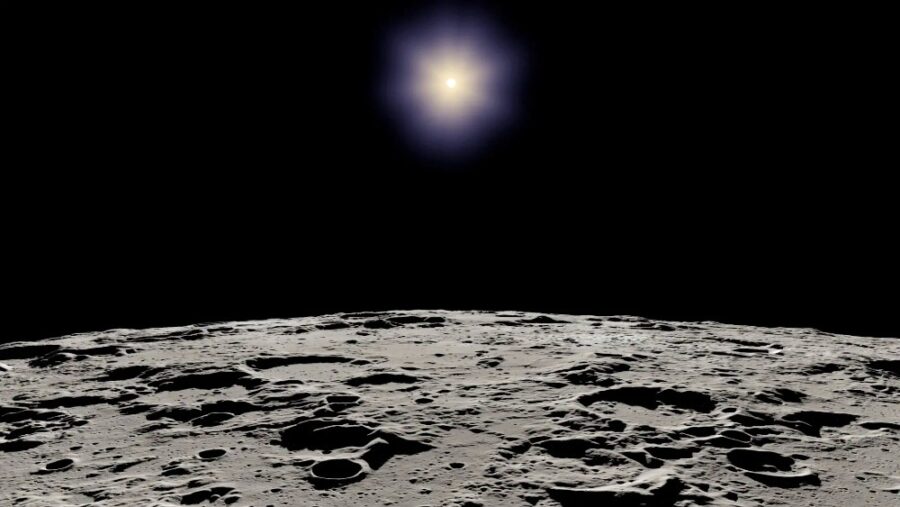
The latest groundbreaking experiments from NASA have planned to identify signs of life in Saturn’s icy moon, known as Enceladus. Per a recent report in The Debrief, the government-funded space exploration program has revealed plans to study water plumes that have been ejected from Enceladus to check for the early building blocks of life.
Examining Ice Samples
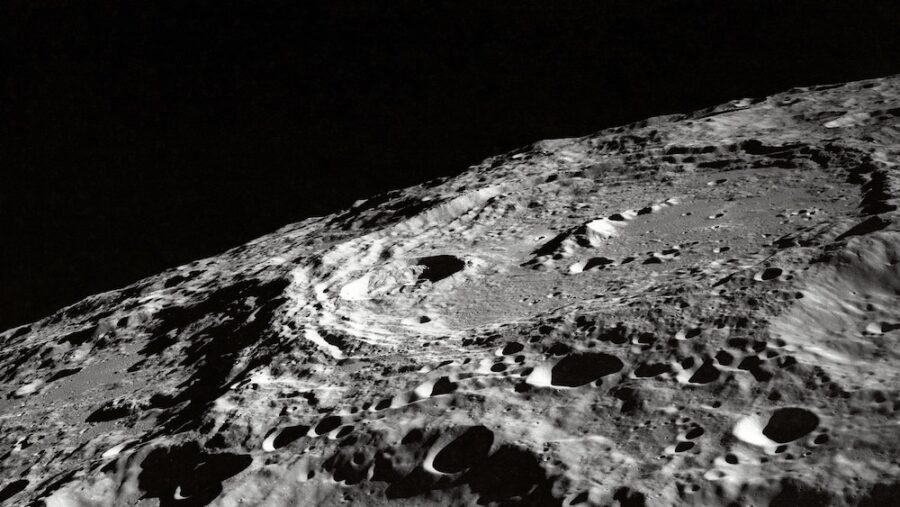
Previous attempts at studies of this nature have failed due to the fragility of the tiny ice grains which these massive plumes are composed. New collection techniques have seen researchers utilizing custom-built tools to extract data from the ice without destroying their samples.
This is highly exciting news, as it could finally serve as a definitive answer to the age-old question, are we alone in the universe?
Genetic Imprints For Living Creatures
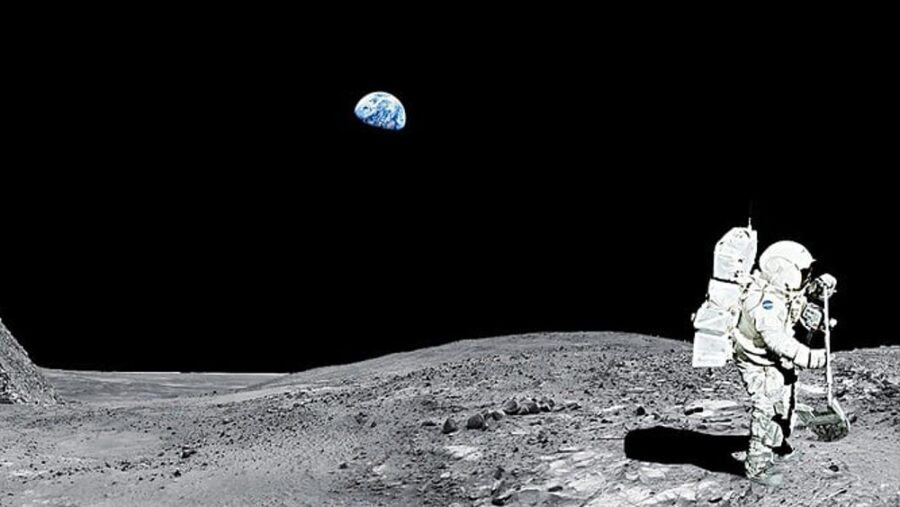
While scientists are certain there are no little green men roaming the surface of Enceladus in hovering saucers, scientists have long theorized that the frozen tundra may host some early genetic imprints for living creatures.
This would make a lot of sense as a leading scientific theory as to how life began on planet Earth suggests that microscopic bacteria first arrived on our little blue marble as passengers on a crash-landed comet.
First Discovered In 2005
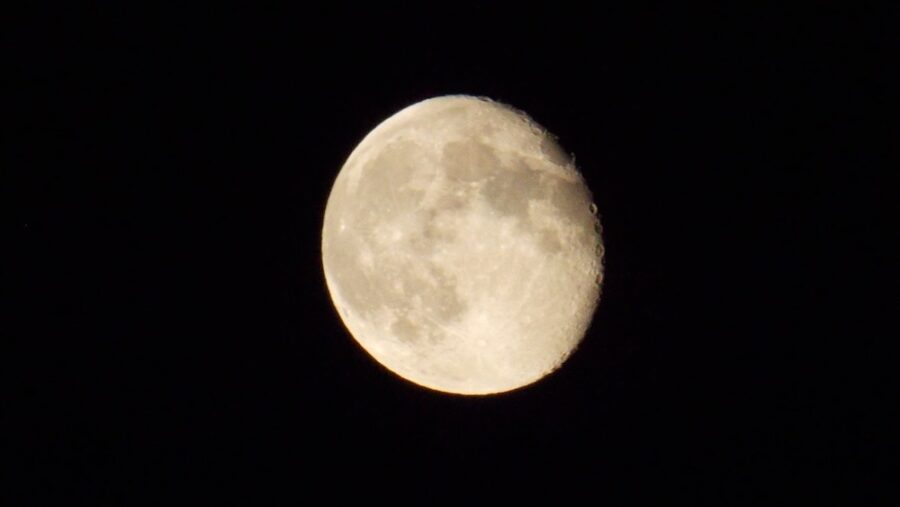
Science may never determine the original origin of the comet that brought life to our planet, but a positive finding of amino acids on Enceladus’ water droplets could mean that Earth has genetic cousins among the stars.
NASA first uncovered proof of ice plumes from the icy moon back in 2005, when they released the Cassini probe into space, which measured Enceladus’ ice plumes erupting from Enceladus’ Southern pole.
This research gave way to a scientific theory positing the existence of a massive hidden ocean flowing just beneath the crust of the orbiting satellite, much like those located on other celestial bodies with our solar system.
New Equipment And Experiments
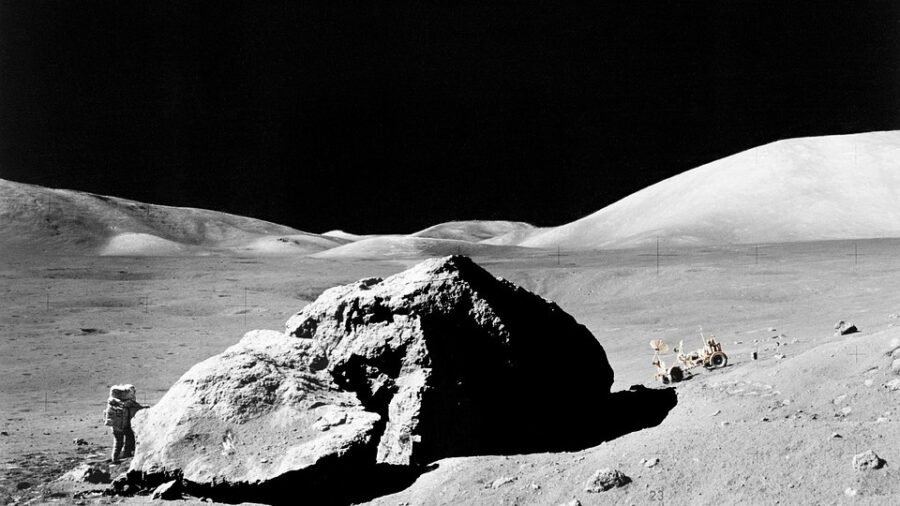
Since the initial discovery of ice outside of Enceladus, mission planners have proposed sending probes through the eject pattern to collect ice samples for study on Earth.
Nearly two full decades later, a team of researchers from the University of California San Diego claim to have concocted the perfect equipment and data to follow through on the proposed experiments.
Professor Robert Continetti leads the team, who customized their own Spectrometer to study collision dynamics of ice particles at high velocities.
NASA Spending Millions?
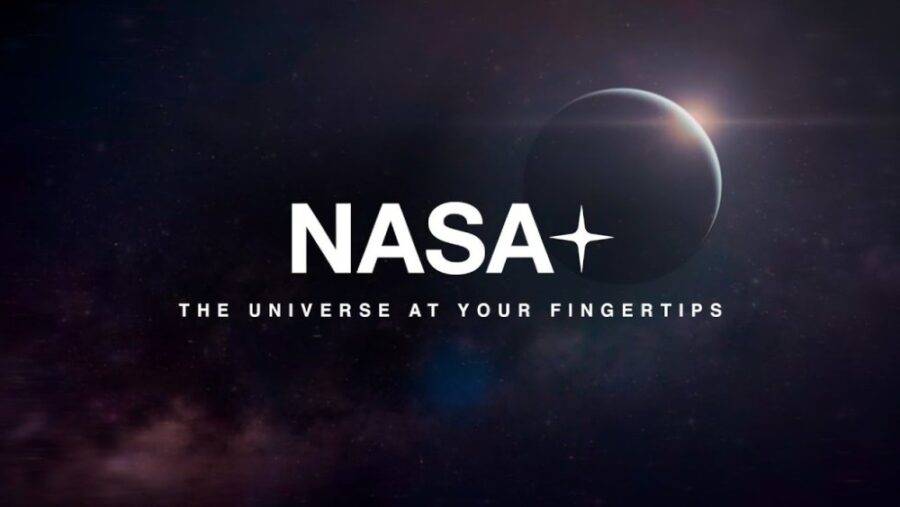
With any luck, this should assuage any remaining fears that NASA scientists previously held about spending millions of dollars to get a probe close enough to Enceladus to collect samples.
Continetti has also expressed that if NASA is too scared to continue the mission using his research and methods, that he’s certain other nations’ space exploration programs will be up to the task.
More Moon Plans

India recently made history by landing their chandrayaan-3 probe on the South Pole of the moon, while other nations such as Russia and China have announced plans to send human beings to the satellites’ surface within the next decade or so.
All this is to say, humanity seems to be entering into a modern-day space race that should reignite the flames of deep-space discovery. With any luck, Enceladus could be humanity’s next great conquest.












